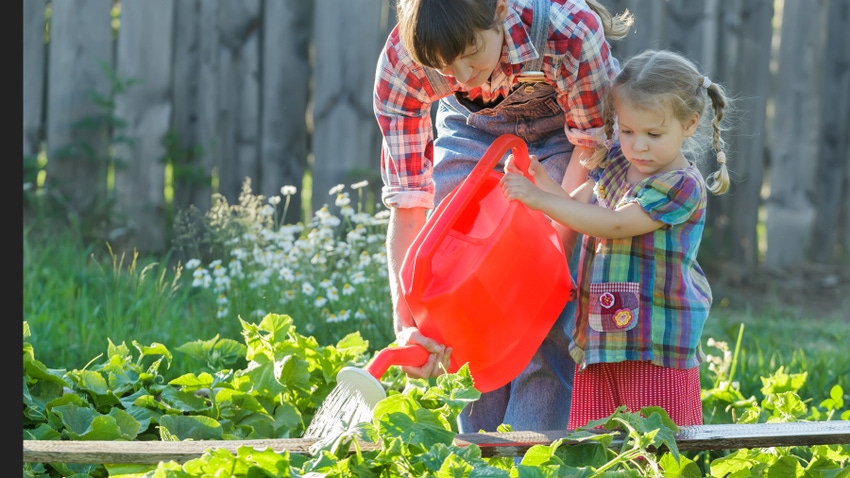
It’s spring, and it’s time to plan what vegetables you want to plant in your garden.
Some gardeners plant the same vegetables every year but change up how much they plant of each vegetable. Others like to try a few new vegetables. And then there are those who can’t make up their minds.
I always plant what vegetables I know we like to eat. It sounds simple, but why grow radishes and zucchini if nobody in your family eats them? They are just taking up valuable space in your garden.
Not sure what vegetables to plant? Here is a list of eight easy vegetables to grow that can be planted in your garden in April and May:
Lettuce. I like to sow my lettuce seed in a large flowerpot on my deck. I usually grow a pot of Black Seeded Simpson lettuce, and two weeks later, I sow a packet of mixed lettuce varieties in a second pot. That way I can harvest from one pot one week and the other pot the next week. In August, I usually start over and seed more lettuce in two flowerpots.
Potatoes. Here’s a fun fact: Did you know Americans eat about 114 pounds of potatoes each year? Potatoes are a cool-weather crop that do better planted in early spring. Purchase seed potatoes at a garden center and cut them into 2-inch wedges that each contain at least one eye. Plant the wedges 2 to 3 inches deep with the eye pointing up. They will be ready to start harvesting in July. I like to plant red potatoes, russets and Yukon golds. If you are only going to plant a few potatoes, it is better to select one variety.
Pea. Fresh peas taste great cooked or picked by the handful and eaten raw. There are two main types: snap peas and snow peas. Depending on the variety you select, pea plants can grow 2 feet tall. They will need to be supported with some type of fence. I like to use chicken wire and plant a row of peas on each side of the fence. I plant each row about 2 inches from the fence. Plant the seeds in early spring, as peas prefer cool weather.
Onions. This is another cool-weather plant that does better if planted in early spring. Purchase onion sets at your garden center. Plant onions 3 to 4 inches apart in a row. I plant yellow or white onions because those are the varieties my family likes to eat, and they are the most common at garden centers.
Carrots. This is another cool-weather crop that can be sown in early spring. You can harvest several crops of carrots in one growing season. Just make sure you purchase extra seed in the spring when it’s readily available at garden centers and hardware stores. It is important to thin a row of carrots to one carrot every inch or two after the carrot tops are a couple of inches tall. Otherwise, you will end up with carrots that are crooked and small.
Beets. Beets can be planted in April or May. The wide range of germination for beet seeds makes this a perfect veggie for early spring planting and for succession planting throughout the growing season. Start planting your beet seeds as soon as the soil can be worked. Continue seeding every two to three weeks for a continuous harvest.
Spinach. This crop grows best in cool temperatures. Look for bolt-resistant varieties to extend your late-spring harvest. Spinach can also be planted in late August for a second crop in fall.
Good planning will help you determine how much time and space you can dedicate to your garden. As a beginner gardener, start small. For your first plot, choose a sunny well-drained area with good soil.
Radishes. These are often the quickest vegetable seeds to go from planting to harvest in the garden. In optimal temperatures, radish seeds usually germinate in less than a week, and small varieties are sometimes ready for harvest in less than a month. Radish seed can be planted through the early spring for a continual harvest of tender young radishes.
About the Author(s)
You May Also Like






